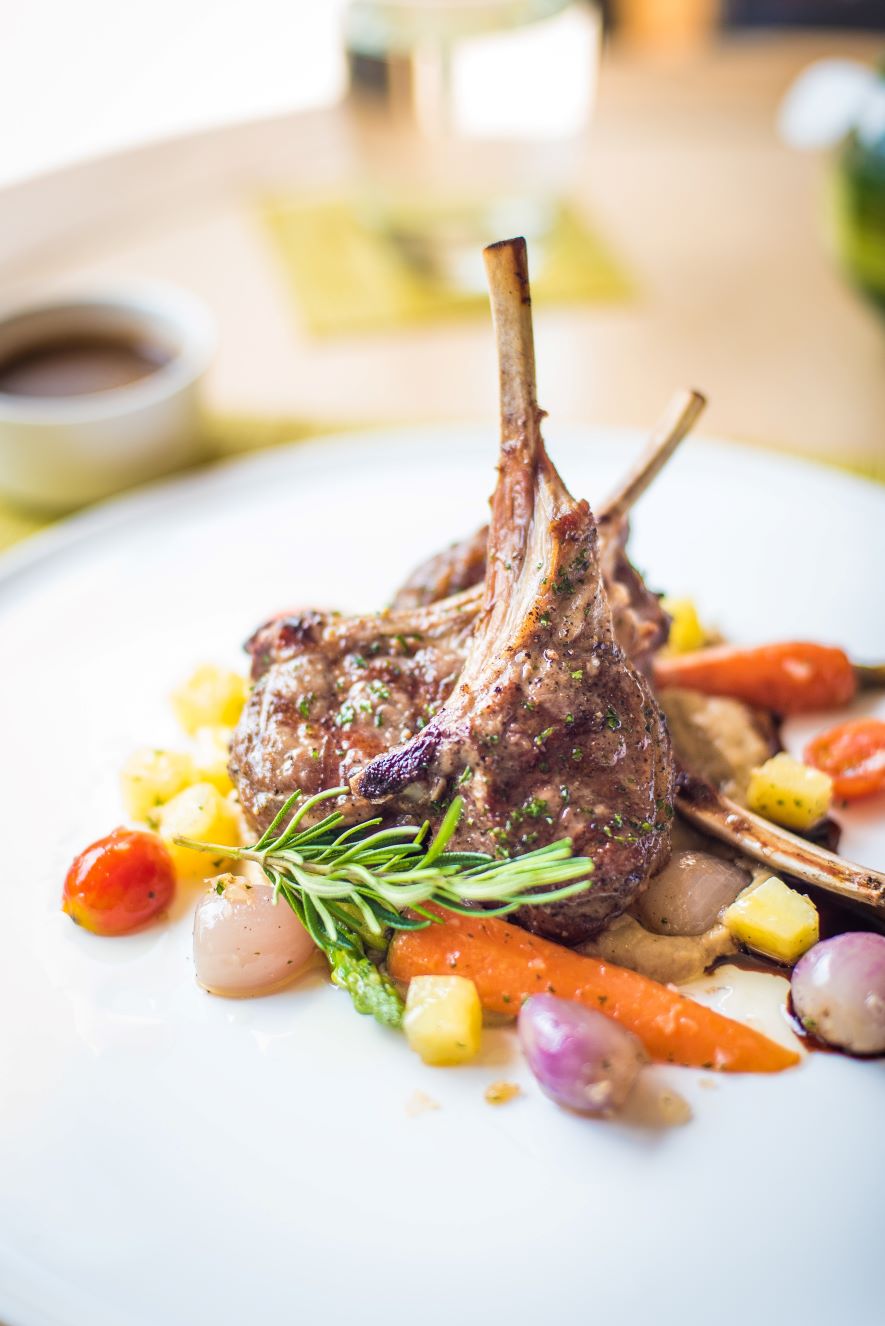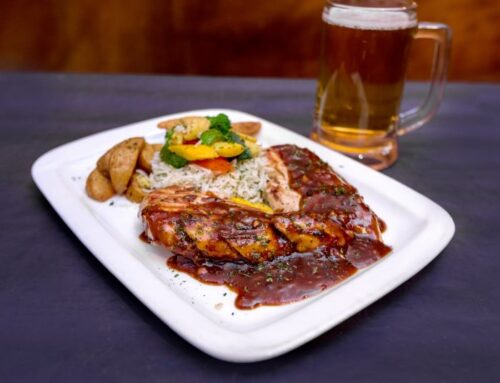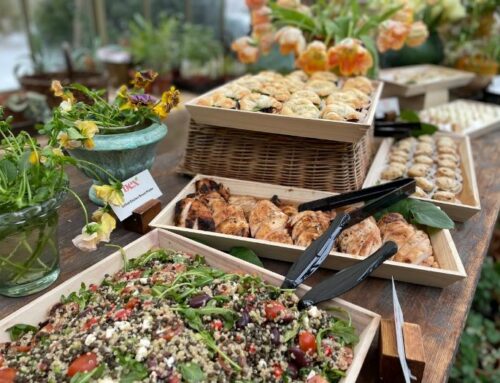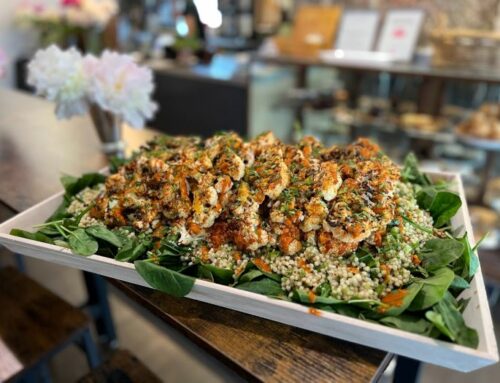Postmodernism and Food
 The New York Times was abuzz in late 2022 when a controversial article ran about the experimental Danish restaurant Noma closing its doors. Noma was a great place if you could get a reservation if you happened to be in Denmark if you were very open-minded and open-stomached, and, especially, if you had the money to burn. But controversy erupted when people who were simply struggling to put any kind of food on the table learned about Noma’s price tag for a meal and its art world-inspired cuisine: it bordered on the experimental at best and pretentious at worst. The issue quickly became about equity – that vague buzzword going around today – how the workers were treated (some were interns, thus unpaid), who could and couldn’t afford Noma, and whether a, say, cooked reindeer heart on pine needles constituted the “average, reasonable” person’s meal. Was this extreme eating, a diversion for the hyper-wealthy bored of everything? Was this ethical, given inflation in the US and the world, rising food costs, and pandemic economic ripples? Is eating about simple nourishment, or having a sensory experience? How did food get so extreme?
The New York Times was abuzz in late 2022 when a controversial article ran about the experimental Danish restaurant Noma closing its doors. Noma was a great place if you could get a reservation if you happened to be in Denmark if you were very open-minded and open-stomached, and, especially, if you had the money to burn. But controversy erupted when people who were simply struggling to put any kind of food on the table learned about Noma’s price tag for a meal and its art world-inspired cuisine: it bordered on the experimental at best and pretentious at worst. The issue quickly became about equity – that vague buzzword going around today – how the workers were treated (some were interns, thus unpaid), who could and couldn’t afford Noma, and whether a, say, cooked reindeer heart on pine needles constituted the “average, reasonable” person’s meal. Was this extreme eating, a diversion for the hyper-wealthy bored of everything? Was this ethical, given inflation in the US and the world, rising food costs, and pandemic economic ripples? Is eating about simple nourishment, or having a sensory experience? How did food get so extreme?
What is Postmodernism?
What many voices in the debate seemed to miss is a concept that intrigued, beguiled, and frustrated academia and beyond in the 1970s and 80s: postmodernism. There are many types of postmodernism, from architecture to film to art, but the basic idea of postmodernism is that the late 20th century going into the 21st century is a time of exhaustion, recycling, remixing, self-reflexiveness, pastiche – in essence, the great themes, the great explorations, the great inventions, and ideas have been all used up. The planet’s been explored, great novels written, and great civilizations have risen and fallen, so everything onward is only a kind of rehashing. Postmodernism befuddled the average person and even many academics and was replaced in the 1990s by a fierce emphasis on race, gender, and class– an emphasis that continues to this day. Chef Becky studied it in college and it left an imprint on her sense of the artistry of food, the design of food, and how a good ol’ fashioned square meal is often better than a fancy, overly-sophisticated, postmodern haute cuisine dish.
Reinventing the (Cheese) Wheel
Postmodernism may be onto something, and it applies to food as well: how many times and in how many ways can the wheel be reinvented? After the invention of the grilled cheese sandwich, or chocolate and peanut butter together, or the Irish Coffee, does the restaurant industry have to seek extremes in order to tantalize and titillate customers? Are restaurant-goers desensitized to claims of “new and improved” variations and twists on tried and true old formulas? There are those who are, of course, comforted by a traditional open-faced sandwich, pork roll/egg/cheese sandwich, or simple salad, but what of those who are seeking the new, the bold, the innovative? Do these former things even exist anymore? If you’ve experienced eating a cooked reindeer heart on pine needles in Denmark, what could top that?
reinvented? After the invention of the grilled cheese sandwich, or chocolate and peanut butter together, or the Irish Coffee, does the restaurant industry have to seek extremes in order to tantalize and titillate customers? Are restaurant-goers desensitized to claims of “new and improved” variations and twists on tried and true old formulas? There are those who are, of course, comforted by a traditional open-faced sandwich, pork roll/egg/cheese sandwich, or simple salad, but what of those who are seeking the new, the bold, the innovative? Do these former things even exist anymore? If you’ve experienced eating a cooked reindeer heart on pine needles in Denmark, what could top that?
The Gastronomic Approach
This is why high-end cuisine has often gone to wacky and at times pretentious extremes to attract or retain customers: gastronomic extreme eating, eating-in-the-total-dark, the well-known fancy restaurants that serve a tiny, delicate portion assembled with tweezers on a giant plate (for a hefty price). Food as a status symbol, eating as an experience, something to brag about.
Bex: Down to Earth, but Elevated
While one could argue that the hyper-wealthy and elite have always sought out the non-pedestrian, postmodernism makes a good point: you can’t write Moby Dick – it’s already been done; you can’t invent the Sloppy Joe – it’s already been done; you can’t, as the saying goes, reinvent the wheel. So cuisine gets pushed to further and further extremes in order to stay relevant and interesting.
At Bex Kitchen, Chef Becky takes her love of art and training at an art school into consideration when cooking and preparing food: she calls her grazing boards “food installations” that are both pretty to look at and delicious and nourishing to eat. She tries to bridge the worlds of the lumberjack seeking sustenance and the bored sophisticate seeking experimentation and innovation.
What do you think? Do you prefer an “old reliable” meal or are you intrigued by innovation? Is innovation possible in food? Let us know!







